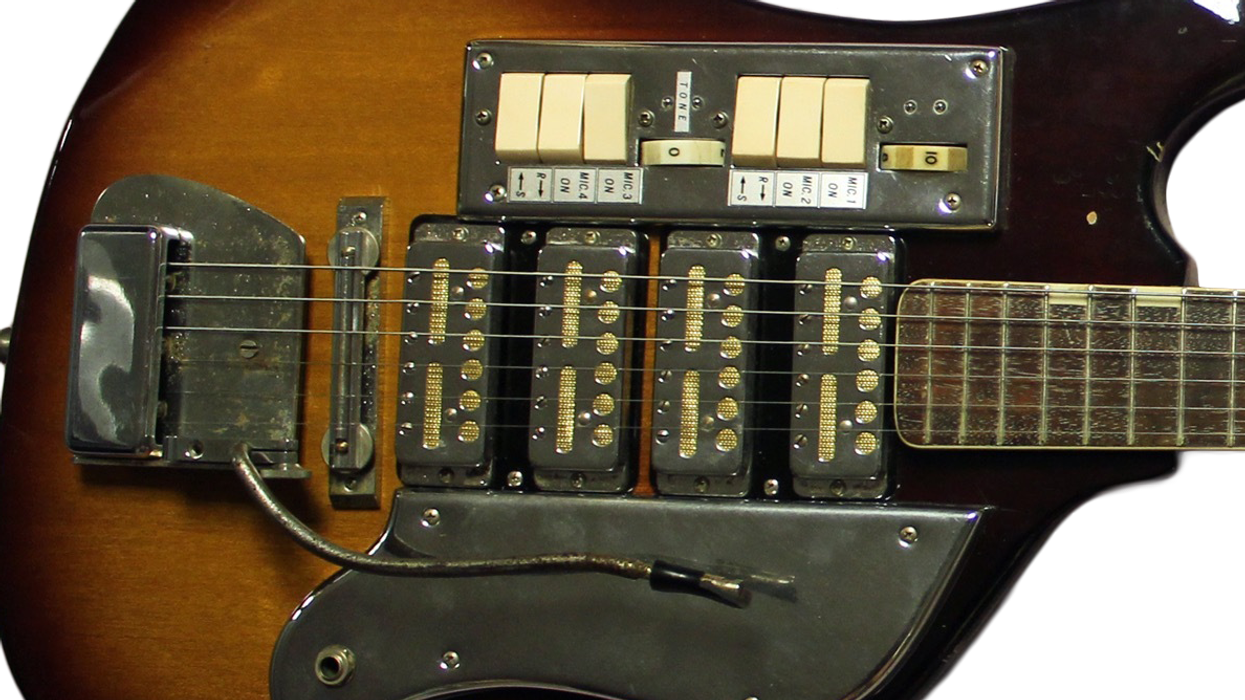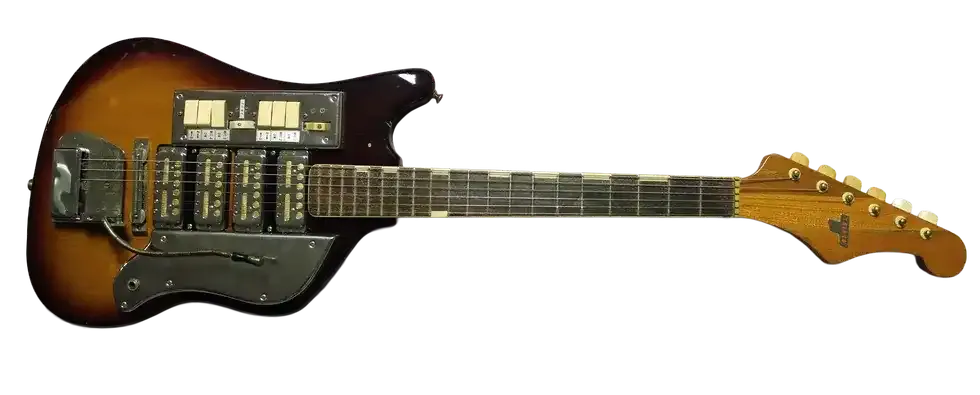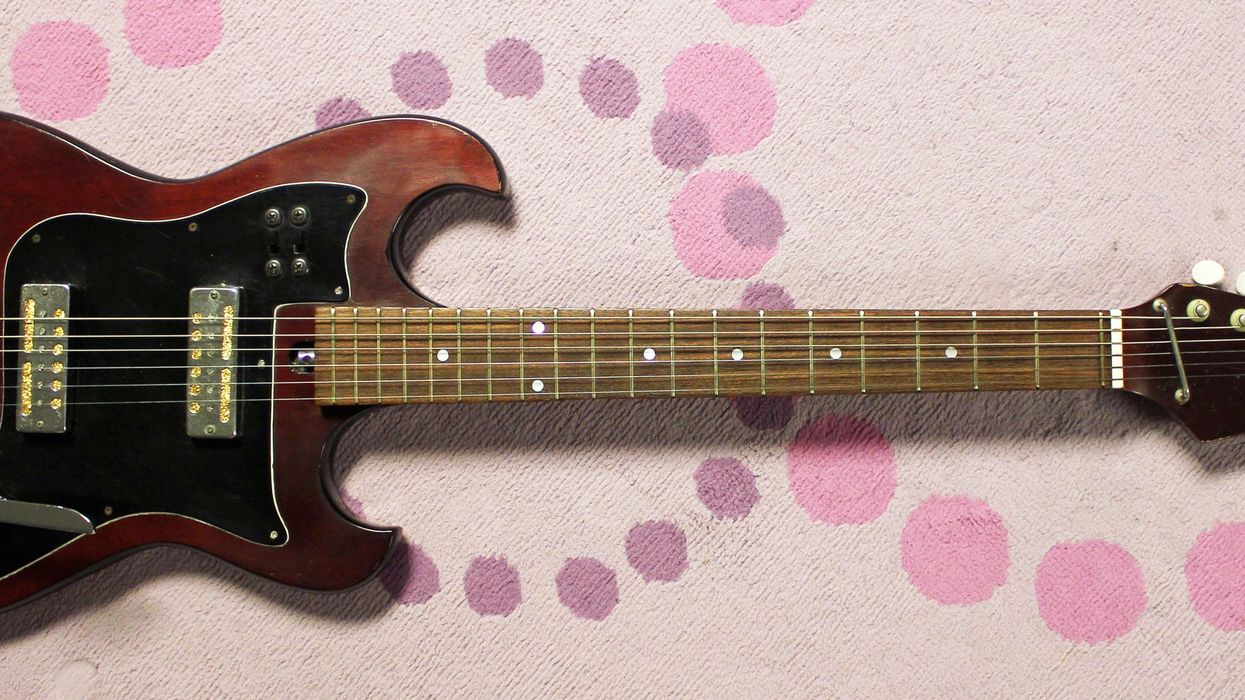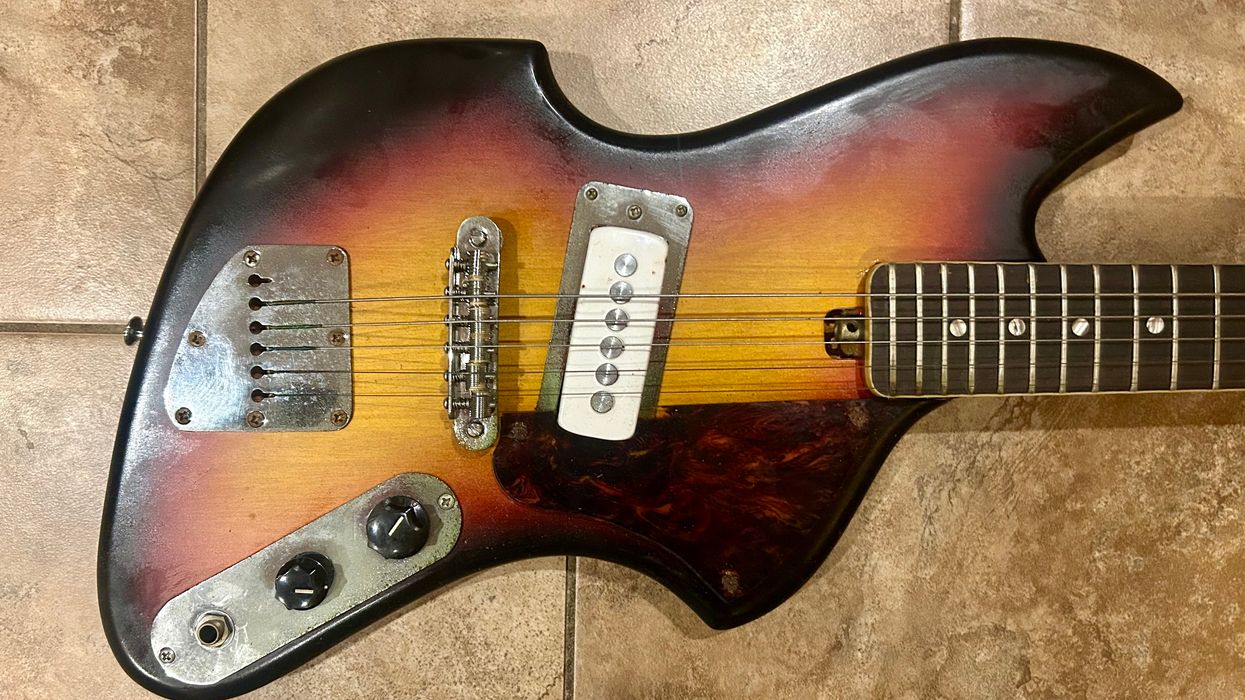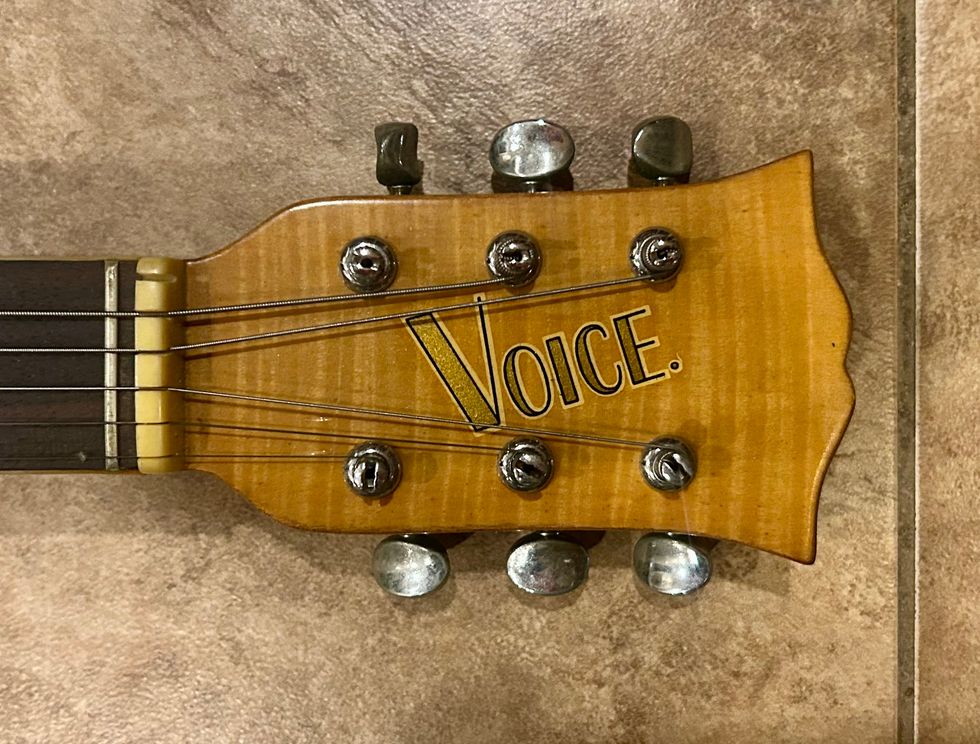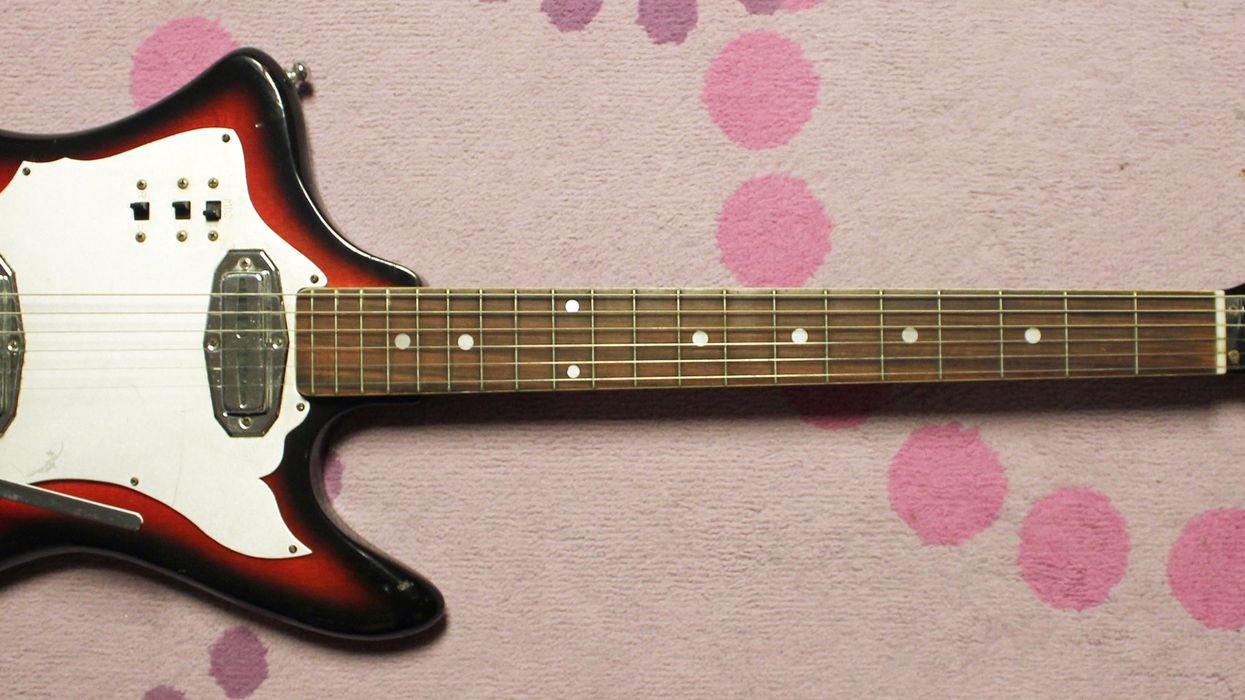Once upon a time, yours truly was a young journalism major who hated to read! Yep, I wanted to be a sports writer, and was only really interested in that endeavor. But alas, young Frank was forced to read about two books/novels a week, for about two years. It was good for a backwards weirdo like me because I was exposed to history, culture, and philosophy to the extent that I was actually becoming a little worldly. Just a little. Out of those experiences, I learned to appreciate telling stories, especially through interviews and firsthand accounts.
When I began to research guitars, I just simply reached out to people and asked all the questions I could think of. Man, I talked to musicians, studio people, factory workers, guitar designers, and company owners. Almost all of them were a bit surprised at my interest in them and my wanting to know about mostly forgotten guitar history.
I’ve interviewed people from all over the world, from the U.S. to Italy to England to Germany. At one point, I had so much information that it was depleting my hard-drive space and my brain, to the extent that I had to take a breath and organize all this stuff! In that process, I found that I cared for all these people and felt the need to tell their stories. Like any good journalism major, I realized the historical implications and the human element. So, for this month, I wanted to highlight a guitar design by Yasuo Momose. He worked at the famous Fujigen factory in the early 1960s, and later moved to a smaller factory called Hayashi Mokko, where he let his creative notions flow. He’s responsible for all the ultra-cool late-’60s Kent guitars with the racing-striped bodies!
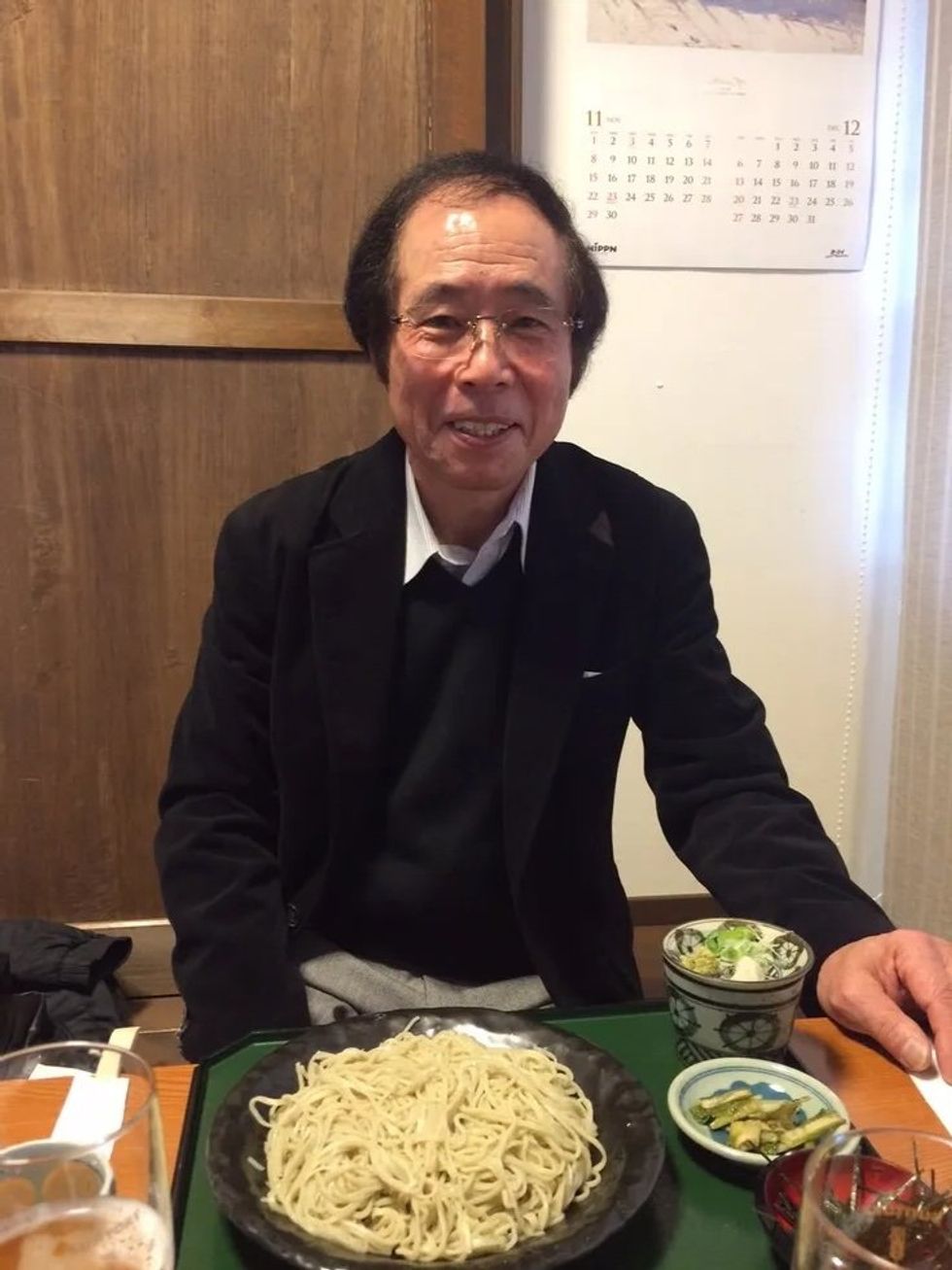
Japanese guitar designer and builder Yasuo Momose.
Photo by Tadashi Ito
This particular model borrows from the “violin” guitar craze, mainly perpetuated by Paul McCartney and his Höfner bass. Dubbed the 834, this Kent was only produced for two short years, from 1967–1969. Priced at $125, the 834 was described as:
“The best of both—all in one! The free-sounding acoustics of a violin-shaped body, plus the charged up excitement of Kent electronics! This semi-acoustic body has an arched top and back, two pickups, two tone and two volume controls, toggle switch for pickup selection, rhythm-solo switch, compensating damper bridge and Kent tremolo tailpiece.”
Ah, to be an ad writer back in those days! In reality, this guitar was supercharged because of those Kent pickups, which are hot as hell, and could drive a small tube amp into the red zone! This is one of the guitars I wish I had never sold, because it’s light but also over-engineered and rather sturdy. Oh well. It has a wonderful headstock and body, “Kent” inlays, and of course, the cool side binding which had a dual purpose: to cover up the wood joining and to act as rally stripes. So cool!
As I was researching my book, I could never figure out which factory made the 834, along with all the other Kents from that era. So, on one of my visits to Japan, I was encouraged to visit Momose-san, who was then working at the Deviser factory in Matsumoto City. He was still making guitars, but they were all high-end electrics and acoustics, sold under the Momose name. I was led back to his workspace and there he was, toiling away at five guitars! He made all of them from scratch and was treated with a certain reverence among the other employees. In Japan, they respect their elders!
“Almost all of them were a bit surprised at my interest in them and my wanting to know about mostly forgotten guitar history.”
We got to chatting and sat down for an interview. At the end, I showed him some pictures from my book, and when I came to the Kent guitars, he started to tear up. He said, “These were my first designs,” and went on to tell me some more history and anecdotes. I tell this story again because Momose-san passed away recently, and I wanted to highlight him once more. He was the same age as my dad, both born in 1944. It turns out there is really only one reason to write about history. Get it straight before it disappears.


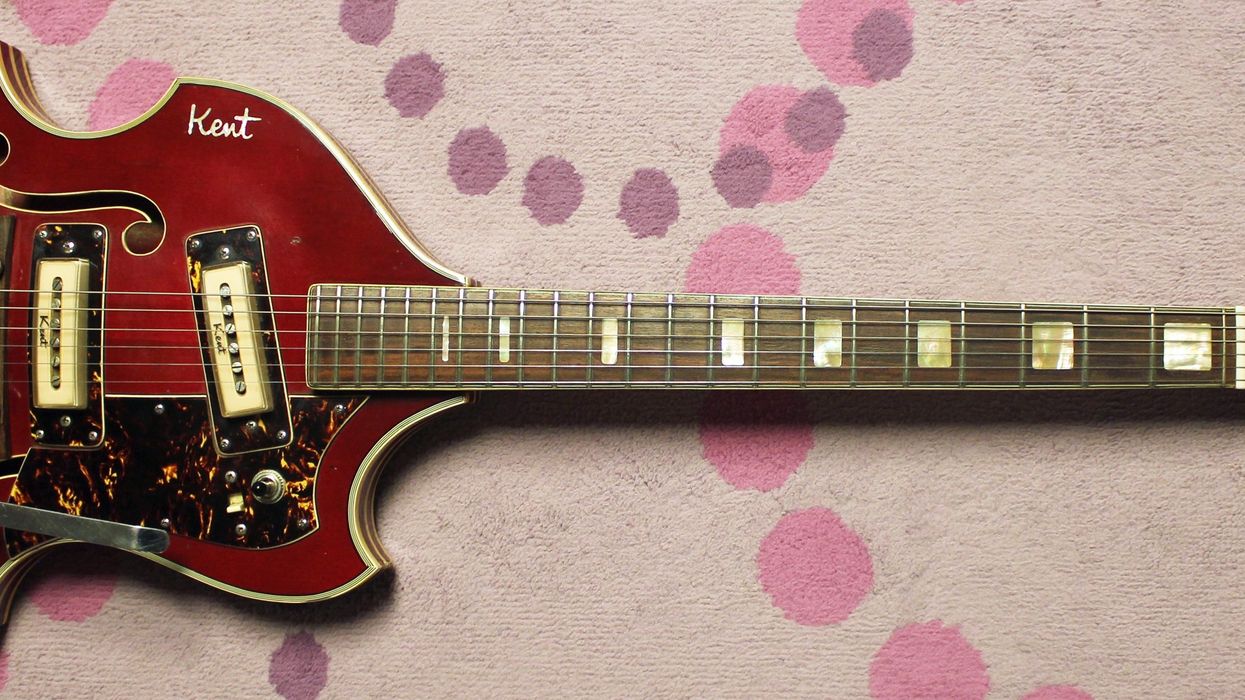


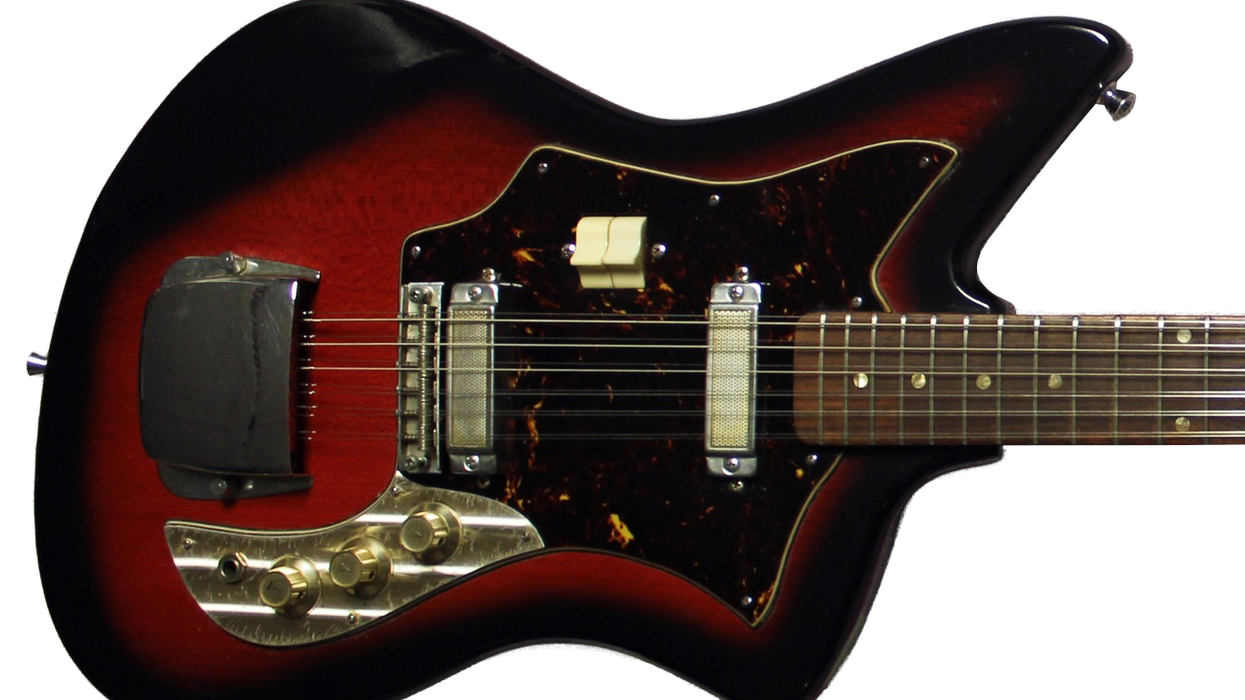
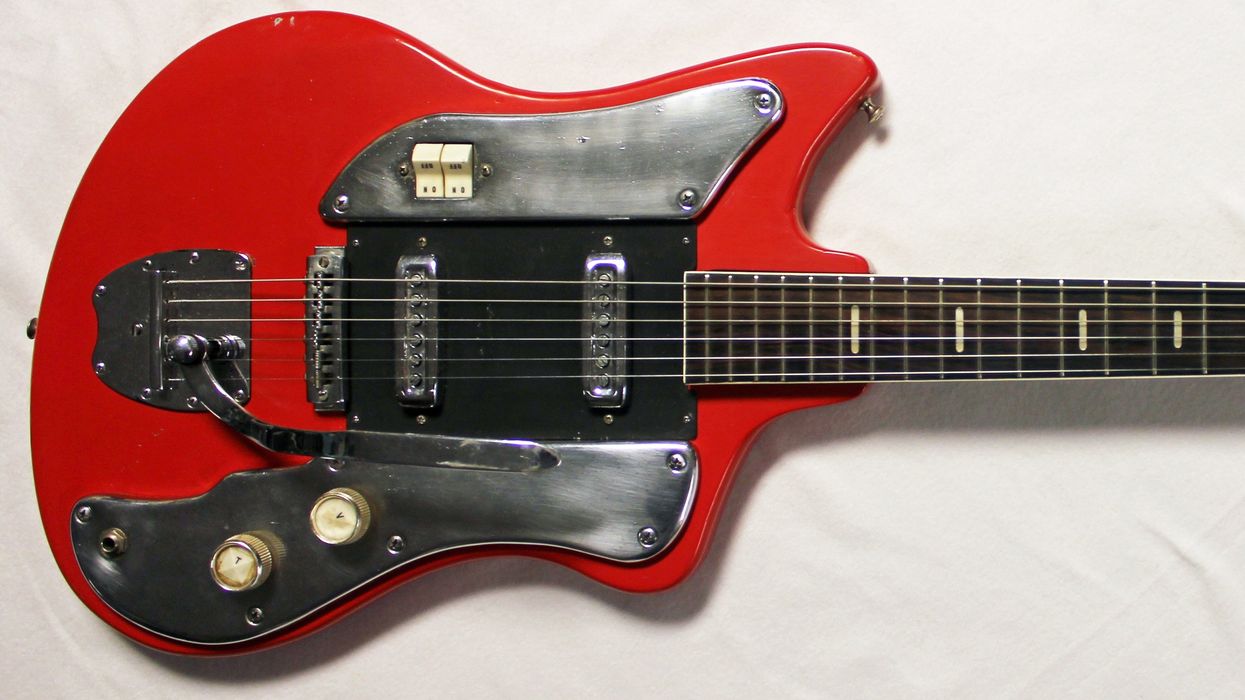
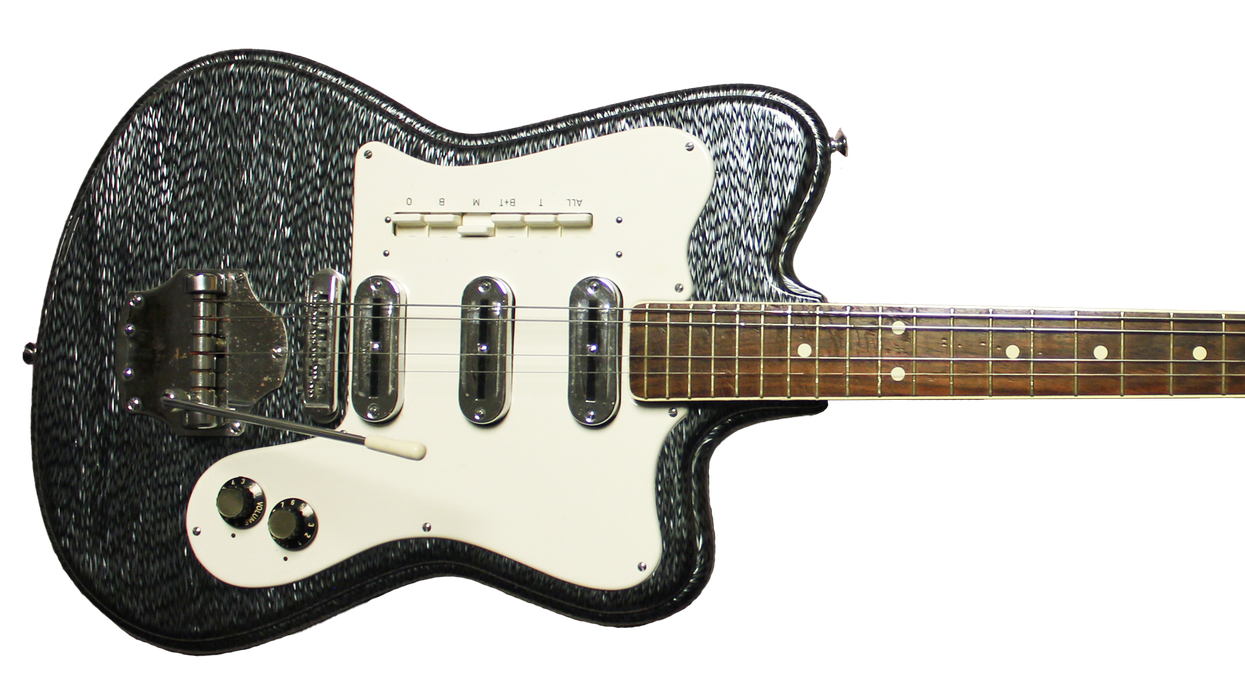
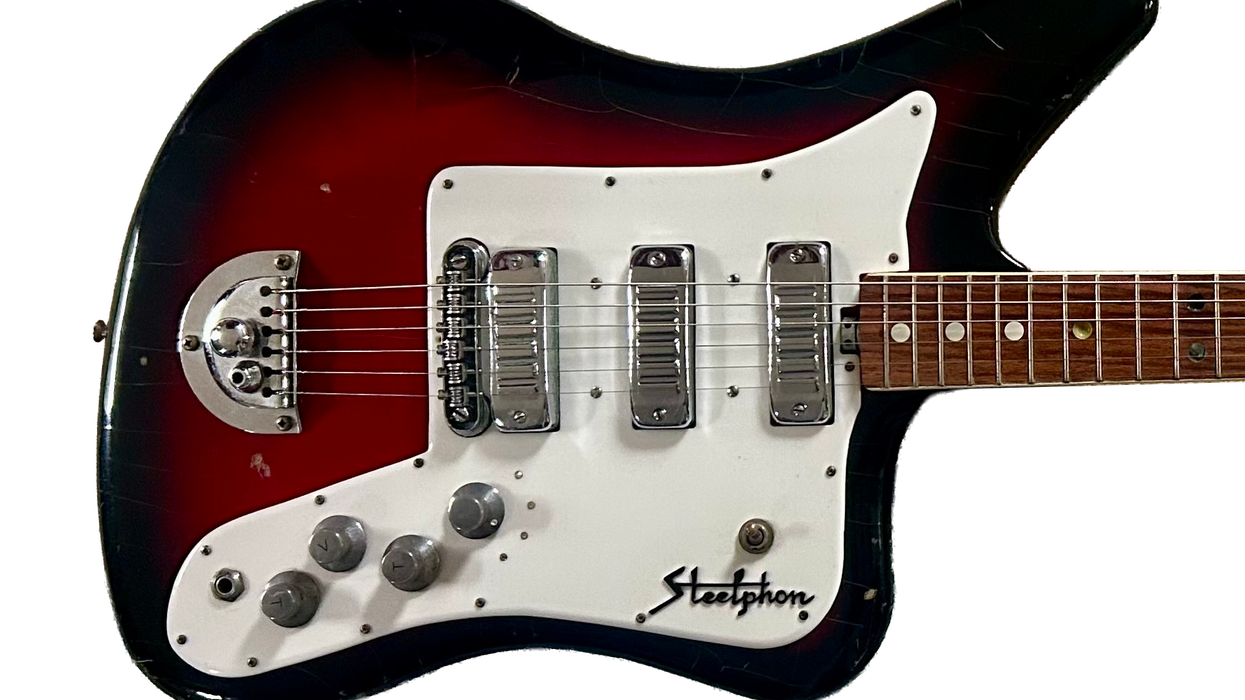
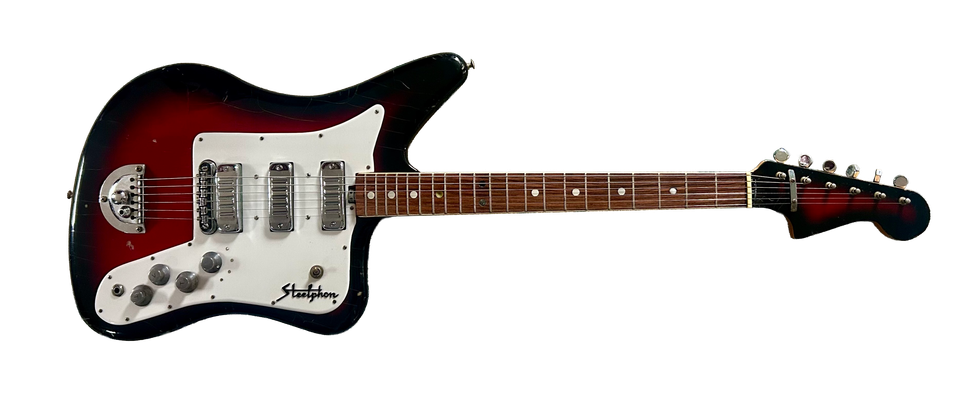 Then, in the dream, I “awoke” and realized I was back in my bedroom, and it was all just a dream. The kicker is that I was still dreaming, because that “paddle” guitar was suddenly in my hands—then I woke up for real! How about that misadventure?
Then, in the dream, I “awoke” and realized I was back in my bedroom, and it was all just a dream. The kicker is that I was still dreaming, because that “paddle” guitar was suddenly in my hands—then I woke up for real! How about that misadventure?


![Rig Rundown: Russian Circles’ Mike Sullivan [2025]](https://www.premierguitar.com/media-library/youtube.jpg?id=62303631&width=1245&height=700&quality=70&coordinates=0%2C0%2C0%2C0)


